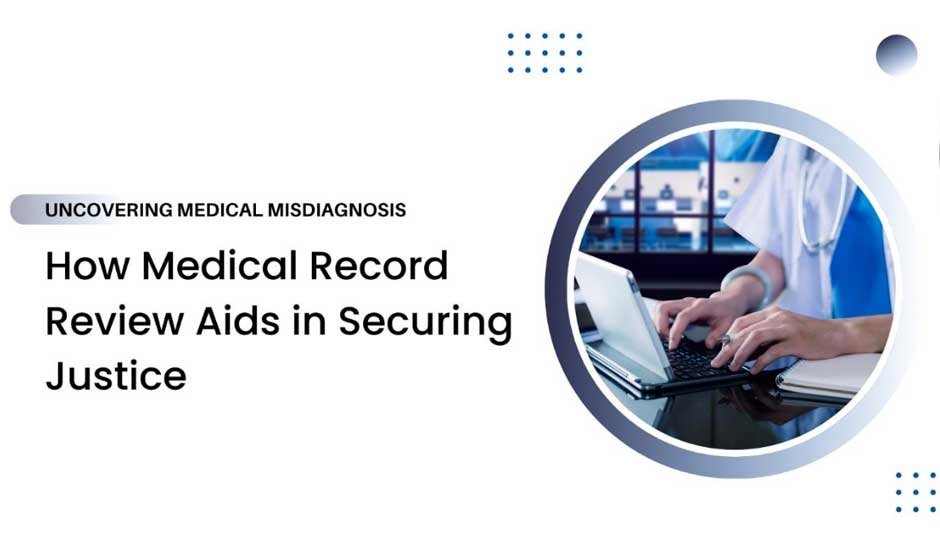Understanding Medical Misdiagnosis and Its Impact
Misdiagnosis is one of the most common and devastating forms of medical negligence patients encounter during their medical journey. A misdiagnosis occurs when a healthcare provider fails to identify a patient’s medical condition precisely or delays a correct diagnosis, leading to incorrect treatment, worsened health conditions, or even fatalities. According to various studies, diagnostic errors contribute to approximately 40,000 to 80,000 deaths annually in the United States alone. These errors can arise from various factors including inadequate medical evaluations, failure to recognize symptoms, incorrect interpretation of test results, or failure to order necessary diagnostic tests.
A misdiagnosis can result in severe consequences, such as receiving unnecessary treatments, delayed interventions, or progression of an undiagnosed illness. For victims of medical misdiagnosis, seeking legal assistance is essential to obtain compensation for medical expenses, lost wages, emotional distress, and long-term suffering. However, proving a medical misdiagnosis claim requires substantial medical evidence. This is where medical record review plays a crucial role in supporting legal efforts and ensuring justice for affected patients.
The Role of Medical Record Review in Misdiagnosis Cases
Medical record review serves as a key component in identifying diagnostic errors and strengthening legal claims. Legal teams rely on detailed analysis of patient’s medical records to determine whether a medical provider failed to meet the standard of care and whether this failure directly led to the harm.
Medical record review involves and in-depth examination of a patient’s health history, diagnostic tests, physician notes, treatment plans, and follow-up care. Below are several ways in which medical record review assists in winning reparation for misdiagnosed patients.
1. Identifying Missed or Incorrect Diagnoses
Medical record reviewers scrutinize clinical notes, lab reports, imaging studies, and physician assessments to identify instances where a correct diagnosis was missed or a wrong diagnosis was given. By comparing the documented symptoms with standard diagnostic guidelines, medical experts can detect inconsistencies that may indicate negligence.
For example, in cancer misdiagnosis cases, a review of pathology reports and biopsy results can reveal whether a physician overlooked critical findings or misrepresented test results. Similarly, in cases involving cardiac misdiagnosis, an analysis of ECG reports and symptoms documented in the records can expose errors that led to delayed treatment.
2. Evaluating the Standard of Care
healthcare providers are expected to follow established medical protocols when diagnosing and treating patients. Medical record review allows legal teams to assess whether a physician adhered to these protocols or deviated from the standard of care. A thorough examination can determine if the provider failed to order necessary tests, ignored symptoms, or made an incorrect diagnosis that resulted in harming the patient.
For instance, in stroke misdiagnosis cases, records may show that a physician dismissed warning signs such as dizziness and numbness, failing to order immediate imaging scans that could have prevented further damage. By demonstrating such lapses, attorneys can strengthen their claims of negligence.
3. Establishing Causation and Damages
In medical malpractice cases, proving causation between the misdiagnosis and the harm suffered by the patient is critical. Medical record reviewers analyze whether the patient’s condition worsened due to the misdiagnosis and how this impacted their overall health. This includes reviewing treatment delays, unnecessary medications or procedures, and the physical and emotional toll on the patient.
For example, a patient wrongly diagnosed with a minor gastrointestinal issue instead of a severe inflammatory bowel disease may have suffered prolonged pain, complications, and unnecessary treatments. Medical record review helps quantify these damages by highlighting how the misdiagnosis directly resulted in increased medical costs, prolonged suffering, and loss of quality of life.
4. Supporting Expert Testimony
Medical record reviewers assist in preparing expert witnesses who testify in court regarding the misdiagnosis. These experts use the findings from the record review to explain the medical errors in layman’s terms, strengthening the legal argument. Their testimony can clarify how a physician’s negligence led to patient harm and why proper diagnostic protocols should have been followed.
5. Assisting Legal Teams in Case Preparation
Medical misdiagnosis cases involve voluminous records that can be overwhelming for attorneys. Medical record reviewers streamline this process by organizing records, summarizing key medical details, and identifying crucial pieces of evidence. This allows legal teams to focus on building a compelling case while relying on precise medical findings to support their arguments.
To put in a nutshell,
Medical misdiagnosis can have life-altering consequences for patients, affecting their health, finances, and overall well-being. Holding negligent healthcare providers accountable requires strong medical evidence, and medical record review serves as a vital tool in achieving this goal. By uncovering diagnostic errors, evaluating standard medical practices, establishing causation, and assisting legal teams in case preparation, medical record review significantly strengthens the fight for justice.
For patients who have suffered due to misdiagnosis, a well-conducted review from an expert medical record review service can make all the difference in securing fair compensation and ensuring that future medical errors are prevented. In the intersection of healthcare and law, medical record review service stands as a powerful ally in advocating for patient rights and medical accountability.
LezDo TechMed, a medical record review firm provides precise and accurate review reports to legal teams handling medical negligence and malpractice claims. Through their AI case management tool, CaseDrive, they simplifies the complex medical record review process for medical malpractice claims.









